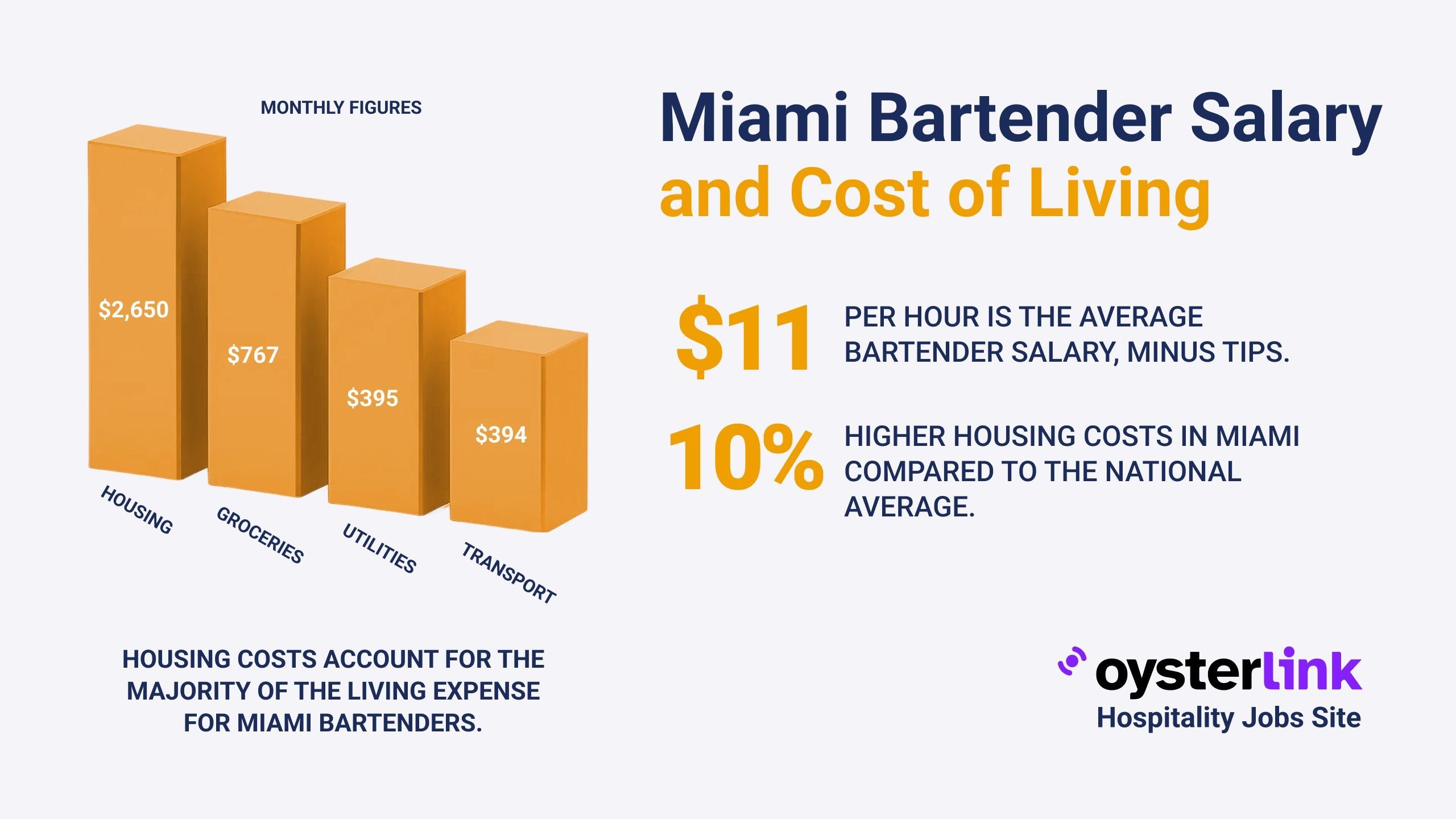Indianapolis Cost of Living: Quick Takeaways
- Housing Costs: Average rent for a one-bedroom apartment in Indianapolis is projected to be $1,050 in 2025, with median home prices around $260,000.
- Transportation Expenses: Public transit fares average $1.75 one-way, and monthly passes cost about $60, with fuel prices at $3.30 per gallon.
- Healthcare Costs: Monthly employer-sponsored health insurance averages $140.33, while Silver health plans cost around $621 monthly.
- Income Levels: Median household income is expected to reach $65,000 in 2025.
Indianapolis is known for its rich history, culture and growing economy that attracts many new residents.
Understanding the detailed cost of living helps current or prospective residents make informed financial decisions in this Midwestern city.
This article offers a comprehensive look at living expenses in Indianapolis for 2025, including housing, transportation, utilities and more.
1. Housing Costs in Indianapolis
Housing expenses are a major part of the cost of living. Here's the historical average rent for a one-bedroom apartment in Indianapolis:
- 2010: About $700
- 2015: Around $850
- 2020: Approximately $950
- 2024: Reached $1,045
- 2025: Projected at $1,050
Rent prices have been gradually increasing, reflecting steady demand and real estate market trends.
For hospitality industry professionals relocating to Indianapolis, understanding local housing costs is essential.
Employers looking to hire or relocate staff may find resources on hospitality real estate market trends helpful for strategic planning.
2. Homeownership and Real Estate Trends in Indianapolis
The median home price in Indianapolis has seen steady growth over the past decade:
- 2010: Median home price was around $150,000
- 2015: Increased to about $180,000
- 2020: Rose to $220,000
- 2024: Estimated at $256,000
- 2025: Projected near $260,000
This upward trend highlights Indianapolis's evolving real estate market and investment appeal.
3. Transportation Expenses in Indianapolis
Transportation options in Indianapolis encompass public transit and personal vehicle costs:
- Public Transit: One-way fares average $1.75, with monthly passes costing about $60
- Fuel Prices: Regular gas costs near $3.30 per gallon as of 2025
- Vehicle Maintenance: Annual upkeep expenses average roughly $1,200
The cost of transportation depends on commuting preferences and vehicle use.
4. Utility Costs in Indianapolis
Utility expenses for an average apartment in Indianapolis are as follows:
- Electricity: Monthly costs average $175.27
- Internet: Typically about $70.20 per month
- Total Utilities: Around $245.47 monthly combining all utilities
Costs may vary depending on usage and service providers.
5. Grocery and Food Expenses in Indianapolis
Food costs in Indianapolis are slightly below national averages:
Estimated monthly grocery spending is about $253.64 per person. Dining out averages $15 for casual meals and $50 at mid-range restaurants.
Restaurant owners can consider these figures when pricing menus and setting competitive salary offers.
For more insights, see our guide on restaurant consumer trends to understand dining habits and preferences.
6. Healthcare Costs in Indianapolis
Healthcare costs include insurance premiums and out-of-pocket expenses:
Employer-sponsored insurance costs roughly $140.33 monthly, whereas Silver plans carry a monthly premium near $621.
7. Educational Expenses in Indianapolis
Educational costs in Indianapolis vary across levels and institutions:
- Public Schools: Generally free and funded through taxes
- Private Schools: Average tuition about $11,773 per year
- In-State University: Tuition costs approximately $6,381 annually
These figures may vary based on specific schools and programs chosen.
8. Entertainment and Leisure in Indianapolis
Leisure expenses contribute to the quality of life in Indianapolis:
- Movie Tickets: Average $11.39 each
- Gym Memberships: Typically $32.80 monthly
- Dining Out: Mid-range restaurant meals cost around $40
Annual entertainment spending averages about $2,482, with personal care services totaling roughly $768.
9. Taxes and Miscellaneous Fees in Indianapolis
Indiana's tax structure affects overall living expenses:
- State Income Tax Rate: About 3.23%
- Sales Tax: Combined rate near 7%
- Property Tax Rate: Approximately 0.85% of assessed value
These rates impact take-home pay and purchasing power for residents.
10. Childcare and Family Expenses in Indianapolis
Childcare costs are significant for families with young children:
- Daycare Services: Average monthly cost about $1,855
- After-School Programs: Roughly $300 per month
- Extracurricular Activities: Estimated $100 monthly
Planning for these expenses is vital for family budgets.
11. Clothing and Personal Care in Indianapolis
Spending on clothing and personal care is in line with national levels:
- Clothing: Approximately $115 monthly
- Personal Care Products and Services: Around $54 per month
These expenses vary with lifestyle and personal preferences.
12. Insurance Costs in Indianapolis
Insurance premiums are essential parts of living costs:
- Health Insurance: Average monthly premium for Silver plans is $621
- Auto Insurance: Annual premiums average $2,364
- Homeowners Insurance: Costs about $1,951 annually
- Renters Insurance: Typically $180 per year
These rates can fluctuate depending on coverage, location and provider.
Restaurants and hospitality employers must consider insurance costs as part of employee benefits planning. For guidance on managing costs, see our spotlight on restaurant insurance cost.
13. Miscellaneous Expenses in Indianapolis
Additional annual expenses include:
- Entertainment: Roughly $2,482 per year
- Personal Care Services: Around $768 annually
- Miscellaneous Goods and Services: Estimated $707 yearly
These costs reflect typical discretionary spending patterns.
14. Income and Salaries in Indianapolis
Median household incomes have grown steadily in Indianapolis:
- 2010: Approx. $46,000
- 2015: Around $50,000
- 2020: Increased to about $57,760
- 2023: Near $62,995
- 2025: Projected $65,000
These gains reflect economic growth and changing job markets.
Hospitality employers in Indianapolis can benefit from understanding salary trends for key positions. For example, you can explore career insights for roles like bartenders salary, servers salary, and restaurant managers salary on OysterLink.
15. Comparison with National Averages
Indianapolis generally offers a more affordable cost of living compared to national figures:
- Overall Cost of Living: About 11% below the national average
- Housing: Significantly lower by approximately 23%
- Utilities: Around 10% less expensive
- Food: About 2% below average prices
- Healthcare: Roughly 14% cheaper
- Transportation: Nearly 1% below the national cost
- Goods and Services: Approximately 7% less
These savings make Indianapolis an attractive city for residents seeking lower expenses.
Employers may also consider Indianapolis as a location for expansion due to its competitive labor costs and living expenses, as discussed in our restaurant labor shortage spotlight.
Our Methodology for Indianapolis Cost of Living Figures
Our data is compiled from reputable sources such as Numbeo, Bureau of Labor Statistics, Zillow and government databases. When exact numbers are unavailable, educated estimates are made to provide a complete picture. This ensures accurate and useful information for readers analyzing living costs in Indianapolis.
Indianapolis Cost of Living: Conclusion
The cost of living in Indianapolis in 2025 reflects a moderately affordable environment with lower housing and utility costs compared to national averages. Transportation and healthcare expenses are also relatively competitive. Income levels have steadily improved, supporting the city’s economic growth.
Residents and potential movers can benefit from these insights by carefully planning their budgets and making informed decisions about housing, education and other living costs in Indianapolis.
Overall, Indianapolis offers a balance of urban amenities and affordability that appeals to various lifestyles and families.

.webp)
.webp)
.png)
